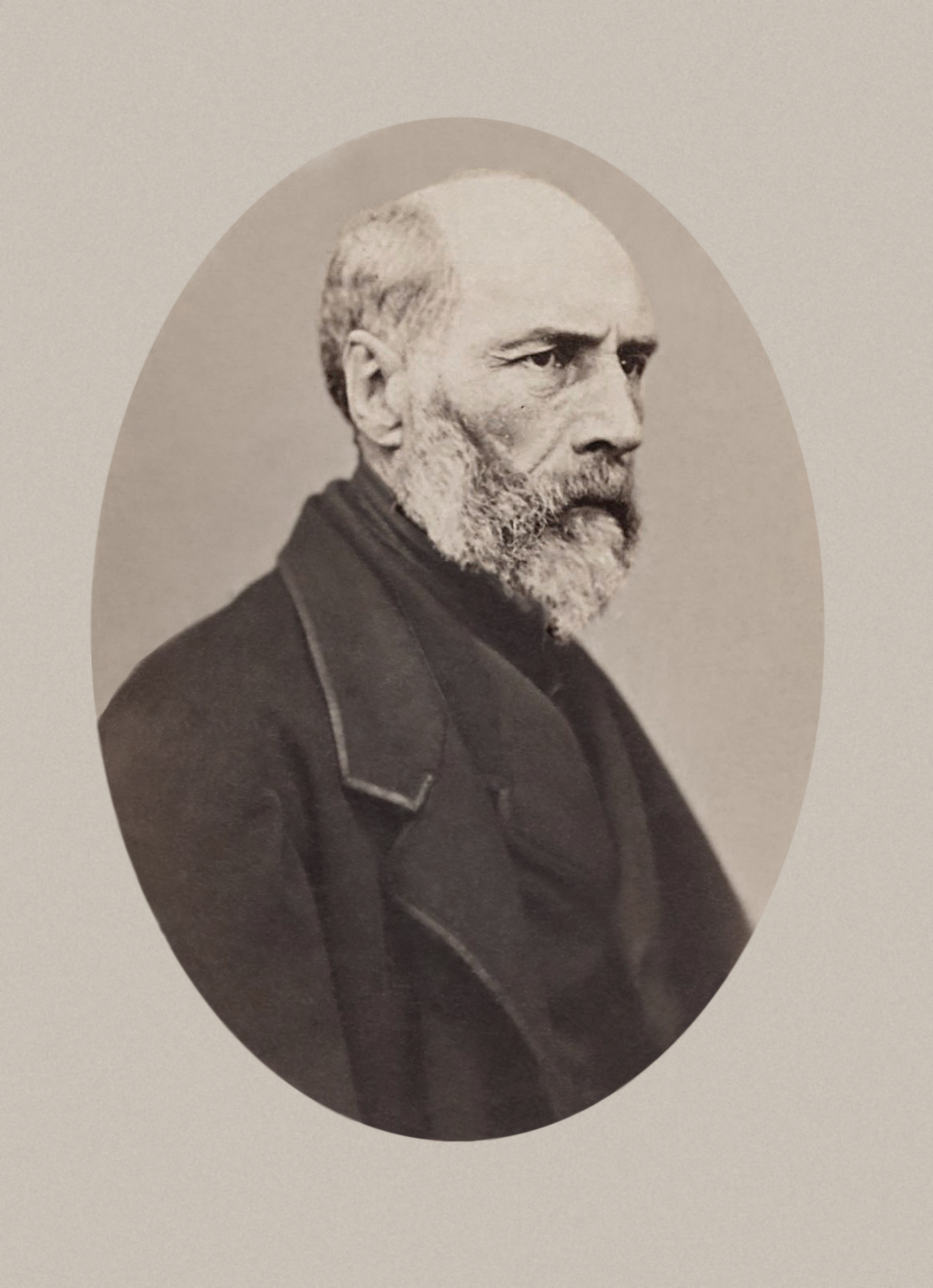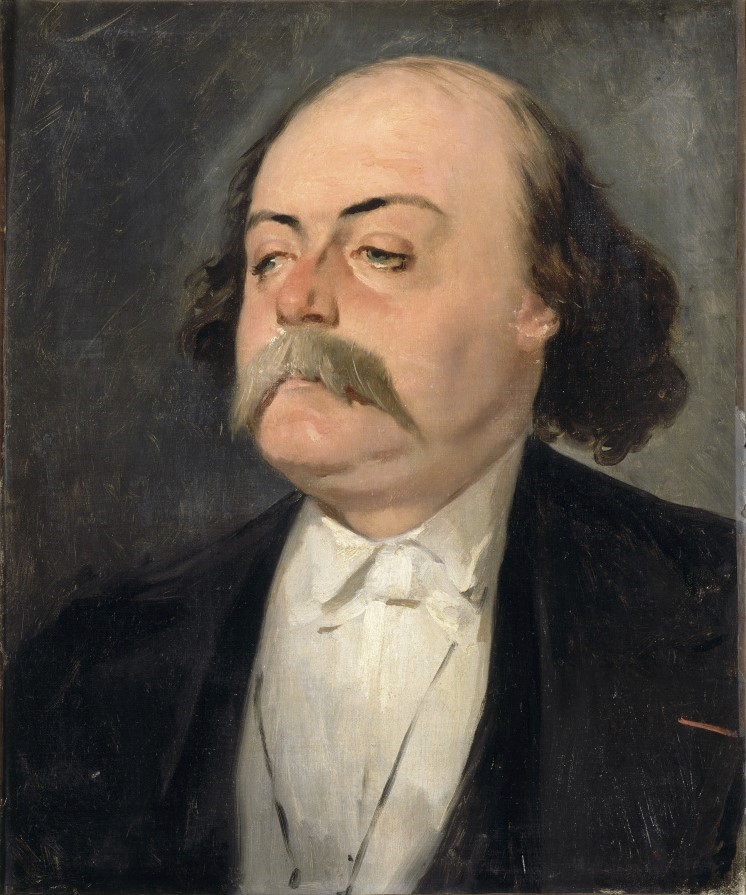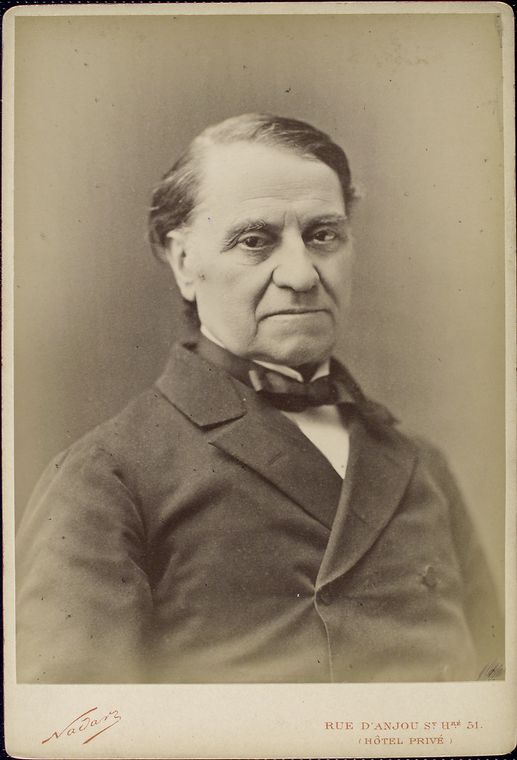|
Armand Barbès
Armand Barbès (18 September 1809 – 26 June 1870) was a French Republican revolutionary and an opponent of the July monarchy (1830–1848). He is remembered as a man whose life centers on two days: * ''12 May 1839'', the day of the uprising in which the Republicans tried to overthrow the king, Louis Philippe. His ill-considered actions on this day led to a sentence of life imprisonment; he was, however, released by the revolution of 1848; and * ''15 May 1848'', the day when demonstrators invaded the Assemblée Nationale, where Barbès had been serving, for only about three weeks, as a deputy. The demonstrators' ostensible aim was to urge the government to exercise whatever influence it could in support of the liberation of Poland. Things got out of hand, however, and Barbès got caught up in what was perceived to be a coup d'état through the imposition of a provisional government. Barbès was again imprisoned, but he was pardoned by Napoleon III in 1854. He fled into exile ... [...More Info...] [...Related Items...] OR: [Wikipedia] [Google] [Baidu] |
Republicanism
Republicanism is a political ideology centered on citizenship in a state organized as a republic. Historically, it emphasises the idea of self-rule and ranges from the rule of a representative minority or oligarchy to popular sovereignty. It has had different definitions and interpretations which vary significantly based on historical context and methodological approach. Republicanism may also refer to the non-ideological scientific approach to politics and governance. As the republican thinker and second president of the United States John Adams stated in the introduction to his famous '' A Defense of the Constitutions of Government of the United States of America,'' the "science of politics is the science of social happiness" and a republic is the form of government arrived at when the science of politics is appropriately applied to the creation of a rationally designed government. Rather than being ideological, this approach focuses on applying a scientific methodology to ... [...More Info...] [...Related Items...] OR: [Wikipedia] [Google] [Baidu] |
Gustave Flaubert
Gustave Flaubert ( , , ; 12 December 1821 – 8 May 1880) was a French novelist. Highly influential, he has been considered the leading exponent of literary realism in his country. According to the literary theorist Kornelije Kvas, "in Flaubert, realism strives for formal perfection, so the presentation of reality tends to be neutral, emphasizing the values and importance of style as an objective method of presenting reality". He is known especially for his debut novel ''Madame Bovary'' (1857), his ''Correspondence'', and his scrupulous devotion to his style and aesthetics. The celebrated short story writer Guy de Maupassant was a protégé of Flaubert. Life Early life and education Flaubert was born in Rouen, in the Seine-Maritime department of Upper Normandy, in northern France. He was the second son of Anne Justine Caroline (née Fleuriot; 1793–1872) and Achille-Cléophas Flaubert (1784–1846), director and senior surgeon of the major hospital in Rouen. He began writ ... [...More Info...] [...Related Items...] OR: [Wikipedia] [Google] [Baidu] |
Louis Blanc
Louis Jean Joseph Charles Blanc (; ; 29 October 1811 – 6 December 1882) was a French politician and historian. A socialist who favored reforms, he called for the creation of cooperatives in order to guarantee employment for the urban poor. Although Blanc's ideas of the workers' cooperatives were never realized, his political and social ideas greatly contributed to the development of socialism in France. He wanted the government to encourage co-operatives and replace capitalist enterprises. These co-operatives were to be associations of people who produced together and divided the profit accordingly. Following the Revolution of 1848, Blanc became a member of the provisional government and began advocating for cooperatives which would be initially aided by the government but ultimately controlled by the workers themselves. Blanc's advocacy failed and, caught between radical worker tendencies and the National Guard, he was forced into exile. Blanc returned to France in 1870, shor ... [...More Info...] [...Related Items...] OR: [Wikipedia] [Google] [Baidu] |
Alphonse De Lamartine
Alphonse Marie Louis de Prat de Lamartine (; 21 October 179028 February 1869), was a French author, poet, and statesman who was instrumental in the foundation of the Second Republic and the continuation of the Tricolore as the flag of France. Biography Early years Born in Mâcon, Burgundy on 21 October 1790 into a family of the French provincial nobility, Lamartine spent his youth at the family estate. He is famous for his partly autobiographical poem, "Le lac" ("The Lake"), which describes in retrospect the fervent love shared by a couple from the point of view of the bereaved man. Lamartine was masterly in his use of French poetic forms. Raised a devout Catholic, Lamartine became a pantheist, writing ''Jocelyn'' and ''La Chute d'un ange''. He wrote ''Histoire des Girondins'' in 1847 in praise of the Girondists. Lamartine made his entrance into the field of poetry with a masterpiece, ''Les Méditations Poétiques'' (1820) and awoke to find himself famous. One of the nota ... [...More Info...] [...Related Items...] OR: [Wikipedia] [Google] [Baidu] |
Bronchitis
Bronchitis is inflammation of the bronchi (large and medium-sized airways) in the lungs that causes coughing. Bronchitis usually begins as an infection in the nose, ears, throat, or sinuses. The infection then makes its way down to the bronchi. Symptoms include coughing up sputum, wheezing, shortness of breath, and chest pain. Bronchitis can be acute or chronic. Acute bronchitis usually has a cough that lasts around three weeks, and is also known as a chest cold. In more than 90% of cases the cause is a viral infection. These viruses may be spread through the air when people cough or by direct contact. A small number of cases are caused by a bacterial infection such as ''Mycoplasma pneumoniae'' or ''Bordetella pertussis''. Risk factors include exposure to tobacco smoke, dust, and other air pollution. Treatment of acute bronchitis typically involves rest, paracetamol (acetaminophen), and nonsteroidal anti-inflammatory drugs (NSAIDs) to help with the fever. Chronic bronchi ... [...More Info...] [...Related Items...] OR: [Wikipedia] [Google] [Baidu] |
French Revolution
The French Revolution ( ) was a period of radical political and societal change in France that began with the Estates General of 1789 and ended with the formation of the French Consulate in November 1799. Many of its ideas are considered fundamental principles of liberal democracy, while phrases like ''liberté, égalité, fraternité'' reappeared in other revolts, such as the 1917 Russian Revolution, and inspired campaigns for the abolition of slavery and universal suffrage. The values and institutions it created dominate French politics to this day. Its causes are generally agreed to be a combination of social, political and economic factors, which the ''Ancien Régime'' proved unable to manage. In May 1789, widespread social distress led to the convocation of the Estates General, which was converted into a National Assembly in June. Continuing unrest culminated in the Storming of the Bastille on 14 July, which led to a series of radical measures by the Assembly, i ... [...More Info...] [...Related Items...] OR: [Wikipedia] [Google] [Baidu] |
Mont-Saint-Michel
Mont-Saint-Michel (; Norman: ''Mont Saint Miché''; ) is a tidal island and mainland commune in Normandy, France. The island lies approximately off the country's north-western coast, at the mouth of the Couesnon River near Avranches and is in area. The mainland part of the commune is in area so that the total surface of the commune is . , the island had a population of 29.Téléchargement du fichier d'ensemble des populations légales en 2019 INSEE The commune's position—on an island just a few hundred metres from land—made it accessible at low tide to the many ... [...More Info...] [...Related Items...] OR: [Wikipedia] [Google] [Baidu] |
Victor Hugo
Victor-Marie Hugo (; 26 February 1802 – 22 May 1885) was a French Romantic writer and politician. During a literary career that spanned more than sixty years, he wrote in a variety of genres and forms. He is considered to be one of the greatest French writers of all time. His most famous works are the novels ''The Hunchback of Notre-Dame'' (1831) and ''Les Misérables'' (1862). In France, Hugo is renowned for his poetry collections, such as (''The Contemplations'') and (''The Legend of the Ages''). Hugo was at the forefront of the Romanticism, Romantic literary movement with his play ''Cromwell (play), Cromwell'' and drama ''Hernani (drama), Hernani''. Many of his works have inspired music, both during his lifetime and after his death, including the opera ''Rigoletto'' and the musicals ''Les Misérables (musical), Les Misérables'' and ''Notre-Dame de Paris (musical), Notre-Dame de Paris''. He produced more than 4,000 drawings in his lifetime, and campaigned for social cau ... [...More Info...] [...Related Items...] OR: [Wikipedia] [Google] [Baidu] |
Mairie De Paris
In local government, a city hall, town hall, civic centre (in the UK or Australia), guildhall, or a municipal building (in the Philippines), is the chief administrative building of a city, town, or other municipality. It usually houses the city or town council, its associated departments, and their employees. It also usually functions as the base of the mayor of a city, town, borough, county or shire, and of the executive arm of the municipality (if one exists distinctly from the council). By convention, until the middle of the 19th century, a single large open chamber (or "hall") formed an integral part of the building housing the council. The hall may be used for council meetings and other significant events. This large chamber, the "town hall" (and its later variant "city hall") has become synonymous with the whole building, and with the administrative body housed in it. The terms "council chambers", "municipal building" or variants may be used locally in preference t ... [...More Info...] [...Related Items...] OR: [Wikipedia] [Google] [Baidu] |
Louis Auguste Blanqui
Louis Auguste Blanqui (; 8 February 1805 – 1 January 1881) was a French socialist and political activist, notable for his revolutionary theory of Blanquism. Biography Early life, political activity and first imprisonment (1805–1848) Blanqui was born in Puget-Théniers, Alpes-Maritimes, where his father, Jean Dominique Blanqui, of Italian descent, was subprefect. He was the younger brother of the liberal economist Jérôme-Adolphe Blanqui. He studied both law and medicine, but found his real vocation in politics, and quickly became a champion of the most advanced opinions. A member of the Carbonari society since 1824, he took an active part in most republican conspiracies during this period. In 1827, under the reign of Charles X (1824–1830), he participated in a street fight in Rue Saint-Denis, during which he was seriously injured. In 1829, he joined Pierre Leroux's ''Globe'' newspaper before taking part in the July Revolution of 1830. He then joined the ''Amis du Peup ... [...More Info...] [...Related Items...] OR: [Wikipedia] [Google] [Baidu] |
Sainte-Pélagie Prison
Sainte-Pélagie was a prison in Paris, in active use from 1790 to 1899. It was founded earlier than that, however, in 1662, as place for "repentant girls" and later "debauched women and girls." The former Parisian prison was located between the current group of buildings bearing No. 56 Rue de la Clef with Rue du Puits-de-l'Ermite in the 5th arrondissement of Paris at the old Place Sainte-Pélagie. The penal structure held many noted prisoners during the French Revolution, with Madame Roland, Grace Dalrymple Elliott and Marie-Louise O'Murphy being among the known prisoners. After the revolution, the Marquis de Sade was imprisoned here, as was the young mathematician Évariste Galois. During the July Monarchy, the "April insurgees" were also detained there, and some managed to escape through a tunnel. The painter Gustave Courbet was also imprisoned here for his activities in the Paris Commune. He painted a self-portrait titled, '' Gustave Courbet: Self-Portrait at Sainte-Pélagie' ... [...More Info...] [...Related Items...] OR: [Wikipedia] [Google] [Baidu] |








